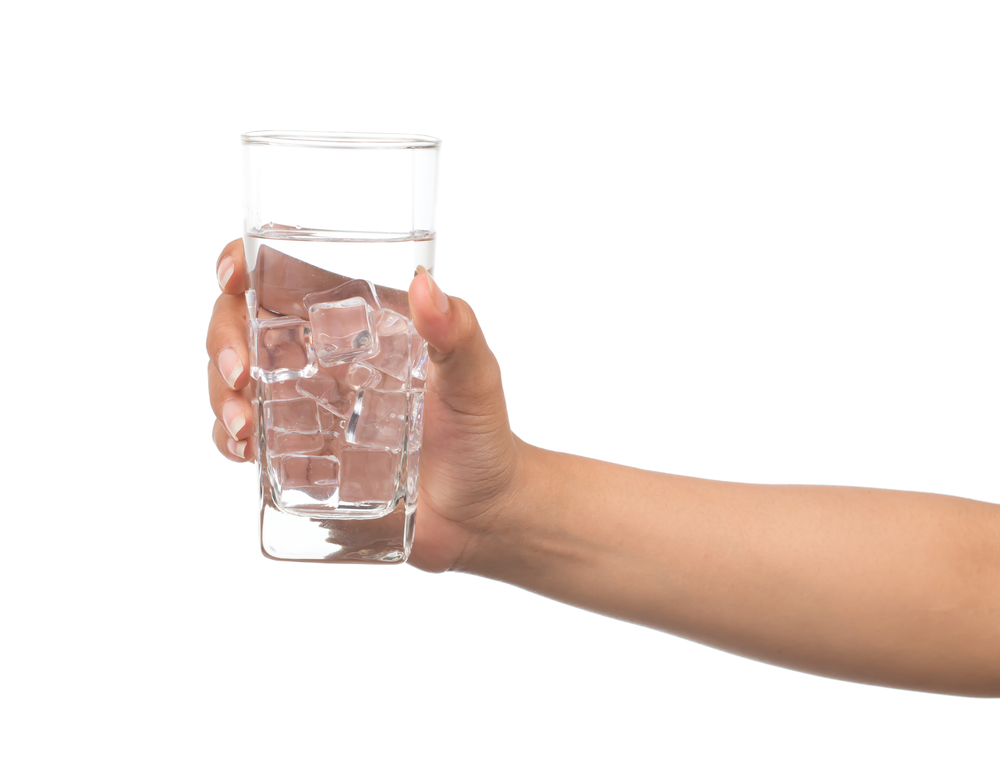Our fingers take a little while to get used to glass.
New research shows that when we touch a glass object, whether it be a cup or a smartphone screen, it can take up to 20 seconds before our fingers form a good grip. This is in contrast to things like rubber, which may be just as smooth, but are much softer and easier to hold.
Glass is slippery, obviously, but we can still get a handle on it thanks to small attractive forces between the molecules of the object and our fingers. More contact surface area equates to more friction and researchers from France and the United Kingdom found that our fingers can adapt to slippery surfaces by changing the amount of skin that touches them — which is where the sweat comes in.
Sweat It Out
The adaptions happens on a very small scale and involve the hard outer layer of our skin. The skin surface is fairly tough and contains ridges and grooves — your fingerprints. Those grooves are good for grabbing onto rough surfaces, or soft things like rubber, but slip right off when faced with glass. So, when our bodies sense something smooth and hard, they secrete a little bit of sweat, just enough to soften up the keratin in our skin. This makes those ridges pliable and flattens them out, putting more skin in contact with the glass and creating more friction.
In experiments published Monday in the Proceedings of the National Academy of Science using a glass prism and a camera, the researchers watched this process unfold. They found it didn’t happen immediately, in fact it could take anywhere from a few seconds up to twenty. The rate varied based on a number of factors including the object’s weight, how fast it was applied and the person being tested. When they tried the same thing with rubber the process happened so quickly they couldn’t even catch it on camera, likely because the soft surface let the ridges on our skin sink right in, with no need for any softening.
The findings are an indication that our bodies sense when an object is too smooth to grab onto and react accordingly, but could also factor into future touchscreen designs. So-called “haptic screens” could one day use small electric currents or ultrasonic vibrations to simulate sensations of roughness and texture on glass. By showing that tiny changes in skin consistency change how we interact with the world, researchers design a better experience with the glass we touch.
The small fluctuations in skin pliability that accompany our touching a smooth surface could also reveal how we can tell glass and rubber apart from just a touch.
